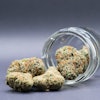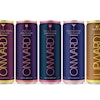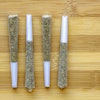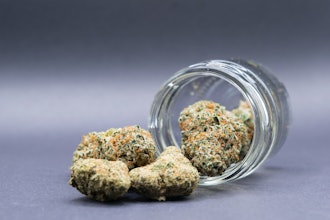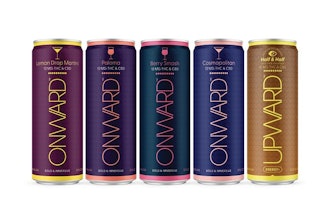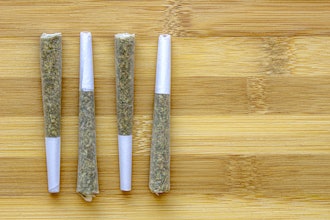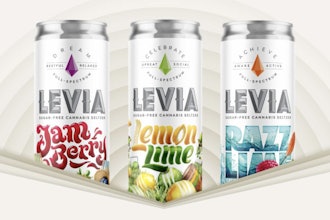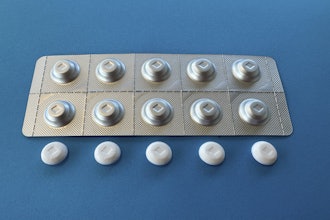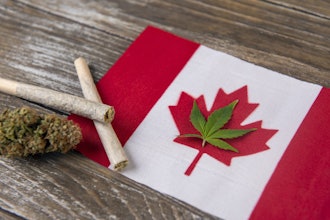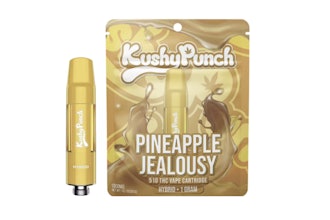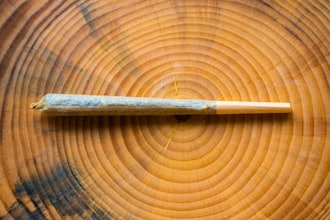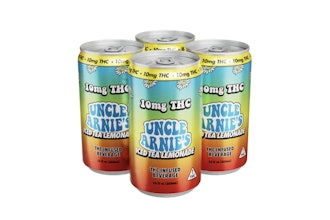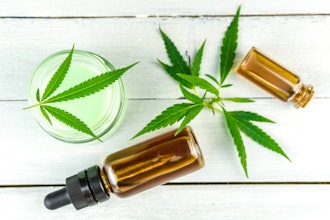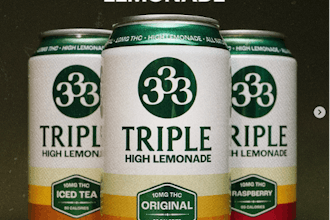
Pre-rolls are one of the fastest growing product segments in cannabis. A recent report published by Custom Cones USA in partnership with Headset found that 82% of consumers are buying them, causing sales revenue to spike more than 450% over the past five years.
But as Markus Roggen, founder of Controlled Chemistry, revealed Tuesday during the Science Symposium at MJBizCon in Las Vegas, there’s a lot of variables to consider when buying pre-rolls.
“A pre-roll is a really bad instrument for cannabis dosing,” he said, noting that when consumers smoke a pre-roll, they’re inhaling oil droplets containing THC instead of actual gaseous THC. And those oil droplets tend to accumulate at the end of a pre-roll, meaning you get more THC per puff the further the pre-roll burns down.
Roggen said it’s crucial to have the chemistry and numbers to make sense of which type of pre-rolls will deliver the desired effects for consumers. “Because if we just ask what they want, they might not actually understand it themselves.”
Variables to consider when assembling a joint include processing levels for the flower used. Roggen said producers can use really coarse, hand-broken, big pieces of flower or use really finely milled flower that can pack nicely and consistently. With that finely milled flower, users can expect more THC per puff. But there’s a difference in the amount of puffs you get. A coarsely ground flower joint will burn slower and provide more puffs so, overall, users get more THC.
“So, if you want to build a dogwalker, put finely milled flower in so it burns quickly and you get as much THC out per puff as possible,” he said. “While if you want to build a joint to share, maybe in the 1.5 gram size region, put coarse material in. It will burn slower but it will serve everyone in your friend circle.”
But flower is just the beginning for pre-rolls. Many joints now are infused, often containing distillate in the center or arriving coated in kief, a collection of loose cannabis trichomes. And when infused pre-rolls burn, the distillate inside often causes them to burn much more slowly, so Roggen suggested it’s better to consider them more like vape carts, at least in terms of looking at the data. His research team found when it burned an entire infused pre-roll using its smoke cycle simulator, it got 160 puffs out of one gram, compared to about 30 to 50 puffs with a standard pre-roll. It was so many puffs that they had to switch to their vape cart parameters, which account for up to 500 puffs. At that point, both options are giving consumers on average the same amount of THC per puff.
Roggen asked the audience how many people buy infused pre-rolls and smoke the entire joint in one sitting. To his surprise, several people said they did.
“But I would assume that not everyone does that, and I would assume that most consumers would buy an infused pre-roll thinking that more THC must be better. But they’re not smoking it whole, only to desired effect. It might actually be cheaper buying a few more flower pre-rolls than infused pre-rolls,” he said.

